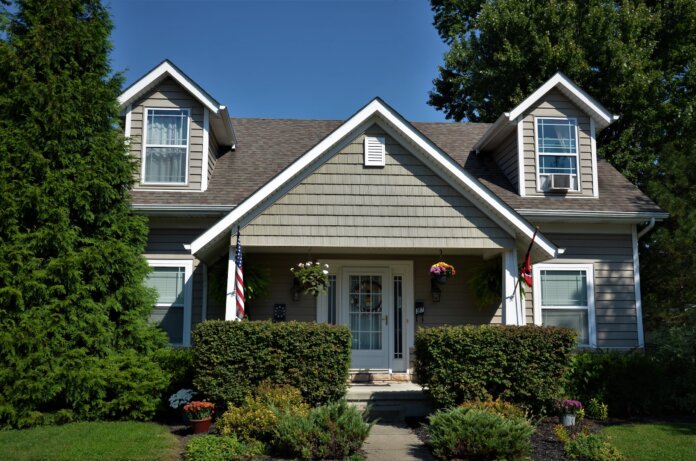Pending home sales jumped 7.4% in September compared with August and were up 2.6% compared with September 2023, according to the National Association of Realtors (NAR).
The increase brought pending home sales to the highest level since March.
“Contract signings rose across all regions of the country as buyers took advantage of the combination of lower mortgage rates in late summer and more inventory choices,” says Lawrence Yun, chief economist for NAR, in a statement. “Further gains are expected if the economy continues to add jobs, inventory levels grow, and mortgage rates hold steady.”
In the next two years, Yun foresees slower home price appreciation and corresponding increases in sales.
“After two years of sluggish home sales in 2023 and 2024, existing-home sales are forecasted to rise to 4.47 million in 2025 and more than 5 million in 2026,” Yun says. “During the next two years, expect a slower rate of growth in home prices that’s roughly in line with the consumer price index because of additional supply reaching the market.”
Yun predicts the median existing-home price will rise to $410,700 in 2025 and to $420,000 in 2026.
The annual 30-year fixed mortgage rate will slide to 5.9% in 2025 but then move higher to 6.1% in 2026.
Regionally, and month over month, pending home sales increased 6.5% in the Northeast, 7.1% in the Midwest, 6.7% in the South and 9.8% in the West.
Unfortunately, the increase in pending home sales may be short lived.
“Pending home sales surged in September due to a combination of lower mortgage rates and higher inventory,” says Odeta Kushi, deputy chief economist for First American, in a statement. “The increase aligns with a rise in purchase mortgage applications, another leading indicator of sales activity in the market. Unfortunately, purchase applications have since moved lower in October due to a re-acceleration in mortgage rates. Buyers and sellers alike are very interest-rate sensitive.
“Looking ahead, our baseline expectation is that mortgage rates will gradually decline, which should bring more buyers and sellers off the sidelines,” Kushi says.
“The outlook for mortgage rates will depend on incoming labor market and inflation data, along with any signals from the Fed about future rate cuts,” she adds. “If upcoming data suggests weaker-than-expected labor market conditions or an economic slowdown, we could see some downward pressure on the 10-year Treasury yield and mortgage rates.”
Photo: Roger Starnes Sr











